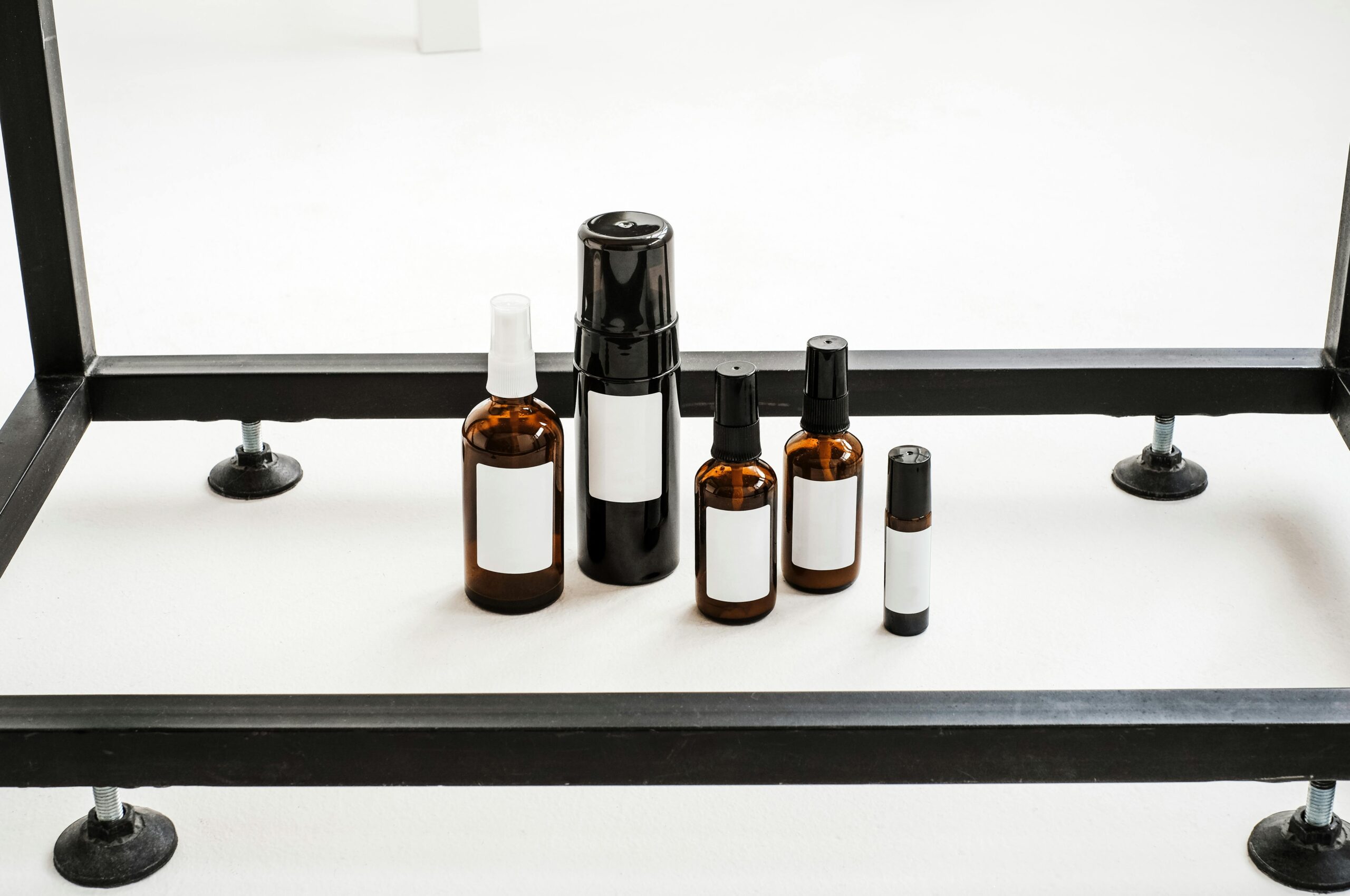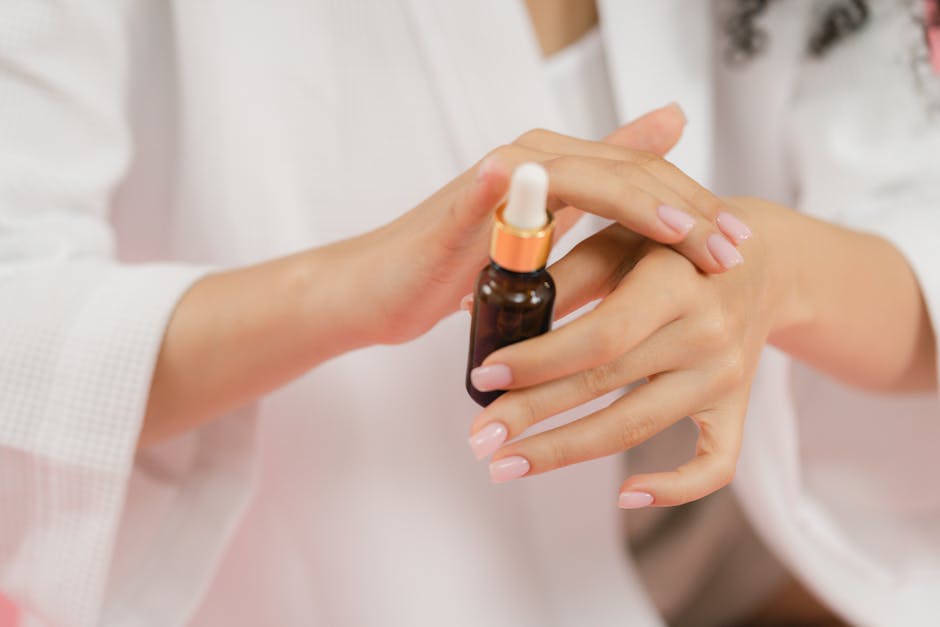Toner is one of the most misunderstood steps in skincare. It’s often seen as optional, outdated, or confusing, but the truth is that toner is a powerful tool in your skincare routine. In this article, we’ll cover “what is toner in skincare and why does it matter”.
In the past, the typical toner was an aggressive, alcohol-stinging astringent that left skin feeling dry and stripped—a solution primarily aimed at tackling oily skin and acne. However, the toner has undergone significant evolution. Instead of being an outdated part of skincare, toner is now a sophisticated bridge between cleansing and moisturizing. This evolution is a testament to the ever-changing landscape of skincare, and understanding this transformation will keep you informed and up-to-date. If you skip the modern toner or misuse it, you’re missing out on its myriad benefits.
What Is Toner in Skincare?
A toner is a liquid solution applied after cleansing and before serums or moisturizers. It restores your skin’s pH, removes any residue from cleansing, and provides a quick dose of hydration or active ingredients.
Types of Toners: Understanding Your Options
Toners come in various formulations designed for specific functions. Choosing the right type depends on your skin’s needs.
Hydrating Toners: These products contain ingredients such as hyaluronic acid or glycerin, which provide moisture to the skin.
Exfoliating Toners: Including AHAs (alpha-hydroxy acids) or BHAs (beta-hydroxy acids), these help clear pores and remove dead skin cells.
Balancing Toners: Often pH-focused, they help your skin recover from harsh cleansers or tap water.
Soothing Toners: With aloe, chamomile, and centella asiatica, these are ideal for calming sensitive or inflamed skin.
Why pH Matters?
The pH of healthy skin is typically around 4.5 to 5.5, which is slightly acidic. Toner keeps moisture in and prevents harmful bacteria from entering. According to a study published in the Journal of Dermatological Science, restoring the skin to its optimal pH level can significantly reduce the time required for barrier recovery. In comparison to skin left without a toner’s balancing effect, the time needed to regain optimal skin barrier function can decrease by as much as 50% with the use of a properly formulated toner.
Cleansers, such as foaming or soap-based ones, can disrupt your pH balance. Your skin gets irritated, dry, or breaks out when that happens. A well-developed toner quickly brings your skin back into its optimal range, minimizing inflammation and helping maintain a strong skin barrier. In fact, using a toner can help your skin rebound from a pH of 8 to 5 in as little as 30 seconds, making a noticeable difference in skin health and resilience.
Benefits of Toner
1. Hydration
Before using a toner, your skin might feel tight, dry, or dull, lacking that fresh morning radiance. After applying a hydrating toner, it feels plump, refreshed, and glowing. Many toners act like a first layer of moisture. Unlike heavy creams, a hydrating toner quickly absorbs, leaving your skin plump and ready for activity. Lightweight hydration is one of the most effective ways to maintain long-lasting moisture without clogging pores.
2. Better Absorption of Actives
Consider toner like a sponge’s first soak. A dry sponge initially resists water, while a damp sponge absorbs it more quickly. The same is true for skin. Serums and moisturizers are better absorbed by skin that is both wet and balanced. That means your expensive serums work more effectively with toner.
3. Mild Exfoliation
Toners with glycolic, lactic, or salicylic acids gently remove dead skin cells. This results in clearer skin, faded dark spots, fewer breakouts, and a smoother texture. The key is moderation. Dermatologists generally suggest that most skin types tolerate 2–3 applications per week at concentrations of up to 5% AHA. This provides a precise yet flexible guideline to ensure effective yet safe use. Constantly adjust the frequency to suit your skin’s needs, starting with this range as a good benchmark.
4. Calming and Soothing
If your skin is reactive or prone to redness, soothing toners can take down inflammation. Ingredients such as green tea, allantoin, and panthenol help reduce redness and promote skin healing. This can make a massive difference for people with rosacea or acne.
5. Oil Control and Pore Refinement
Toner formulas featuring oil-control ingredients like niacinamide and witch hazel are key for tightening pores and reducing excess Oil production. This makes them particularly beneficial for oily or combination skin, as they help keep your T-zone in check without over-drying.
Recommended toners for different skin types and concerns
1. Oily & Acne-Prone Skin
- Paula’s Choice Skin Balancing Pore-Reducing Toner
- Contains niacinamide, which helps regulate Oil and reduce pore size.
- The Ordinary Glycolic Acid 7% Toning Solution
- Exfoliates gently to help prevent clogged pores.
- La Roche-Posay Effaclar Clarifying Solution
- Contains salicylic acid for acne-prone skin.
- Thayers Witch Hazel Toner (Alcohol-Free)
- Soothes and helps control excess Oil.
2. Dry & Sensitive Skin
- Kiehl’s Calendula Herbal Extract Toner (Alcohol-Free)
- Calms and soothes dry, sensitive skin.
- Fresh Rose Deep Hydration Toner
- Hydrates and softens with rose water.
- Etude House SoonJung pH 5.5 Relief Toner
- Lightweight, non-irritating, pH-balanced.
- Aveeno Calm + Restore Nourishing Oat Toner
- Relieves and hydrates sensitive skin.
3. Combination Skin
- Pixi Glow Tonic
- Contains glycolic acid for gentle exfoliation.
- COSRX AHA/BHA Clarifying Treatment Toner
- Exfoliates and balances skin texture.
- Mario Badescu Aloe Vera Toner
- Hydrates and calms while controlling Oil.
4. Dullness & Uneven Skin Tone
- Klairs Supple Preparation Unscented Toner
- Hydrates and preps skin for serums.
- Some By Mi Galactomyces Pure Vitamin C Glow Toner
- Brightens and evens out skin tone.
- Laneige Cream Skin Refiner
- Deeply hydrates and strengthens the barrier.
5. Anti-Aging Concerns
- Lancôme Tonique Confort
- Rich, hydrating, and soothing for mature skin.
- Missha Time Revolution The First Treatment Essence
- Firms and revitalizes with fermented ingredients.
- SK-II Facial Treatment Essence
- Contains Pitera™ for radiance and texture.
Do You Need a Toner?
That depends. If your skin is healthy, your cleanser is pH-balanced, and your routine is simple and working, you might be fine without one.
But if you’re uncertain, here’s a quick self-assessment that can help:
1. Does your skin feel tight after cleansing?
2. Do your products not seem to absorb well?
3. Do you have issues with acne, redness, or texture?
Answering ‘yes’ to any of these questions indicates that a toner might be beneficial for your skincare routine.
- Your skin feels tight or dry after cleansing.
- Your products don’t seem to absorb well.
- You have fin with acne, redness, or texture.
- Or you want to level up your routine.
…then a toner is worth trying.
How to Use Toner the Right Way
- After cleansing, gently pat three drops of toner into your damp skin.
- Please close your eyes, take a deep breath, and inhale the refreshing scent as it invigorates your senses.
- Feel the cool liquid absorb quickly, leaving your skin supple and hydrated, ready for the next steps in your skincare routine.
- Use Your Hands or a Cotton Pad: For hydrating toners, gently apply with your hands or a cotton pad. For exfoliating toners, a cotton pad gives a light physical sweep.
- Let It Sink In: Give it 30–60 seconds before moving on to your serum.
- Don’t Overdo It: Excessive toner use can damage your skin barrier.
Choose the Right Toner for Your Skin Type
Dry Skin: Look for hydrating toner formulas with glycerin, hyaluronic acid, or squalane. Avoid anything with alcohol or witch hazel.
Oily/Acne-Prone Skin: Exfoliating toners containing salicylic acid in concentrations of 0.5–2% are effective for managing acne. Niacinamide is also beneficial for controlling Oil production.
Sensitive Skin: Opt for calming toners containing aloe, chamomile, or those without added fragrance.
Combination Skin: You may want to use two toners—one hydrating for the cheeks and one exfoliating for the T-zone.
The Evolution of Toner
In the past, toner used to be all alcohol and sting. Old-school formulas stripped skin dry. The new generation? Much smarter. More targeted. More nourishing.
K-beauty revolutionized toner with hydrating, essence-like formulas; now, Western brands have caught up. One such breakthrough came from Brand X, which introduced a toner containing advanced humectants that improve moisture retention by up to 40%. Toner is no longer just a backup cleanser; it’s a standalone treatment step.
Final Thoughts: What is Toner in Skincare, and why does it matter?
Toner may not be flashy—it’s not a retinol or a miracle serum—but it’s a quiet MVP—the product that subtly transforms your skin’s balance, feel, and performance. When used consistently, toner can upgrade your entire routine.
So don’t sleep on toner. If you’ve discarded it as unnecessary, reconsider. Your skin might thank you. Why not take on a simple challenge? Test a toner for seven nights and note the difference in your skin’s hydration, texture, and appearance. This small, time-bound experiment could transform your skincare routine and offer tangible results you’ll appreciate.



